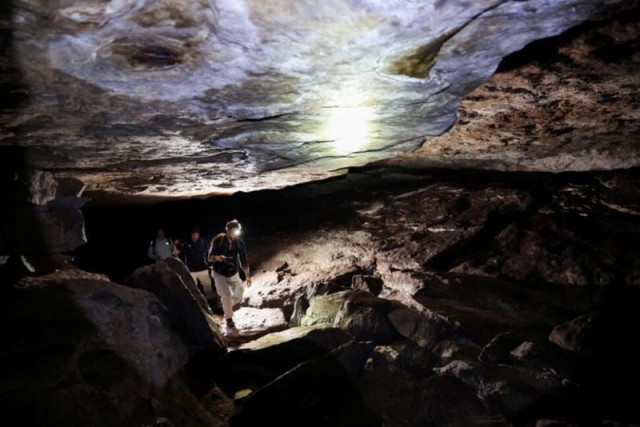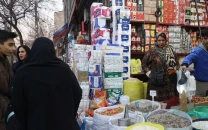Eco-tourism replaces coca cultivation in Colombia's heartland, providing new livelihoods
Deforestation and gang violence were once common in the area, but eco-tourism has transformed the fate of the jungle.

A transformation has taken root in Colombia's jungle heartland, as farmers once engaged in coca cultivation and deforestation are switching to eco-tourism, which is offering new livelihoods for hundreds of residents.
Thanks to farmers transitioning to tour guides, visitors can now marvel at the ancient cave paintings of Cerro Azul or the vibrant pink aquatic plants that grace Cano Sabana in San Jose del Guaviare, located about 400 km (250 miles) southeast of capital Bogota.
"Some of the people who are local guides today were great deforesters," says Joaquin Vargas, who works for local farmer organization Fantasias de Cerro Azul Puerta del Chiribiquete.
Operating in an area previously gripped by guerrilla warfare and illicit drug production, the region has steadily opened up following the 2017 peace agreement between a major armed rebel group known as the FARC and the Colombian government.



















COMMENTS
Comments are moderated and generally will be posted if they are on-topic and not abusive.
For more information, please see our Comments FAQ